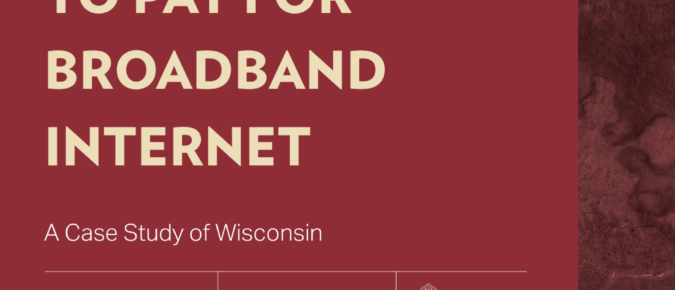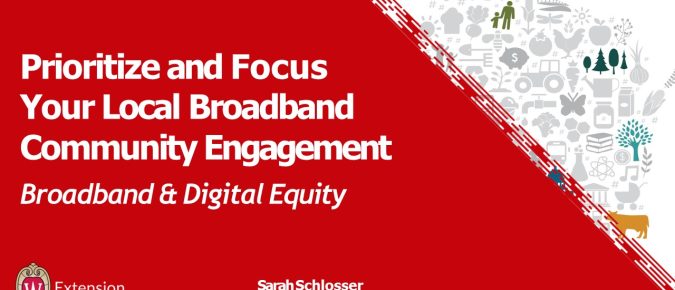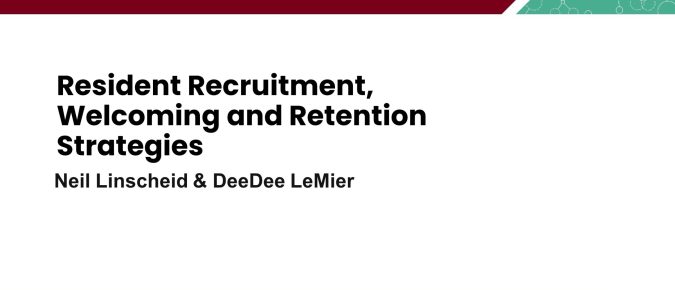Our Work
Tools to Inform Broadband Planning: Forums & Asset Mapping
This article explores when to use community forums and asset mapping as part of your data collection for broadband planning.
Willingness to Pay for Broadband Internet
The UW-Madison EDA University Center conducted a statewide survey of Wisconsin residents on broadband access and affordability, with the goal of estimating the willingness to pay for broadband. As the state makes significant investments in broadband infrastructure, attention is shifting to the willingness, or ability, of people, particularly lower income people, to pay for broadband subscriptions.
Tools to Inform Broadband Planning: Surveys & Conversations
In this article, we will discuss tools to inform broadband planning. Specifically, when and how to use surveys to gather input from the public in your broadband and digital equity planning and explore types of exploratory conversations to support broadband expansion opportunities in your communities.
Public-Private Partnerships For Broadband Expansion
This article covers the basics of broadband public-private partnerships and includes downloadable worksheets and templates.
What Data Do You Need for Broadband Planning?
Data collection and data analysis can be a little overwhelming for communities and organizations that are engaged in all sorts of Community Economic Development Planning, including community broadband planning. The goal of this article is to share some of the public resources that are available to you.
Directory of Internet Service Providers
The purpose of this directory is to assist counties and/or communities in Wisconsin with finding private partners for broadband expansion. Please check back as the list changes and grows.
Community Engagement in Broadband and Digital Equity Planning
Community engagement is a crucial part of planning for broadband expansion. This article provides an overview of the who, why, what, and how of community engagement.
Broadband Planning: Tools for Community Engagement – Part 2: Forums & Asset Mapping
This August 28, 2023 Lunch-n-Learn session we explore when to use community forums and asset mapping as part of your data collection. We provide you with a useful checklist to help you plan your forum.
Broadband Planning: Tools for Community Engagement Part 1 – Surveys and Conversations
This August 21, 2023 Lunch-n-Learn session explored two effective community engagement tools for broadband planning – surveys and conversations.
A Trade Area Analysis of Wisconsin Retail and Service Markets: Updated for 2022
Using 2022 county sales tax data, we examine the strength and weaknesses of Wisconsin retail and service markets through the application of the tools of Trade Area Analysis.
Unlocking the Potential: Exploring Rural Recruitment & Welcoming Strategies
This webinar dives into the world of rural recruitment and welcoming strategies, drawing inspiration from successful initiatives in Minnesota communities. This webinar will provide practical tools and insights that can be applied to Wisconsin communities.
Broadband Planning: Prioritize and Focus Your Community Engagement
This August 14, 2023 Lunch-n-Learn session highlighted ways to engage the community in your local broadband planning, as well as relevant tools. Use the provided worksheet with your planning team to determine your goals for community engagement.














